The Waste Challenge
Uncollected waste is likely to triple over the next 20 years, mainly in developing countries.
Between 2016 and 2040 uncollected waste is expected to grow from 47 million tonnes to 143 million tonnes. Uncollected waste is usually burned in the open or ends up in rivers, in nature which eventually washes down to the sea. Most uncollected waste is in low and middle income countries where municipal waste collections are underfunded and struggle to deal with the huge volume of waste being produced.
Uncollected waste ends up in our oceans, 99% of ocean plastics are from emerging markets.
Source: Meijer et al 2021
These countries all have in common that their municipal waste collection systems cannot cope with the mass of municipal solid waste. They are underfunded and are mostly low and middle income countries.
Their greatest challenge is waste collection.
So, who’s collecting waste? Waste Pickers collect 60% of all global recyclable waste
They are often ignored, yet they have many names, waste pickers, informal collectors, catadores or even ‘scavengers’. They collect more recyclable waste in the world, than anyone else. Yet they are ignored, neglected, underpaid and exploited. We however, consider them to be our ally. We help them improve their living standards, income and efficiency. For them and their families. Generally a waste picker earns 60% of minimum wage. They pick up about 40kg of recyclable materials per day. Which is 1 tonne per month, or 12 tonnes per year. Circular Action considers waste pickers to be the most effective experts in the waste business. They get to places where there are no garbage trucks. They can find valuable recyclable materials that are simply mashed together in a garbage truck, rendering it useless.
Currently waste pickers only earn from the kilogrammes of material that they sell. What we want to change, is they get recognised for the valuable service that they perform. For their valuable collection service they deserve a fee. And the harder the material is to recycle or the harder to find a material, thei higher their fee should be. They are professionals, and in many places, we can’t live without them.
Can we change the situation? Yes, the answer is called ‘EPR’, Extended Producer Responsibility.
These 10 companies are the most common brands found among ocean waste.
Under Extended Producer Responsibility (EPR) regulations consumer goods companies need to pay a fee per KG for the packaging waste generated by their products. They also need to meet predefined annual collection targets. This new type of waste regulation is spreading across the world, charging companies for the waste they produce. In Mozambique it is USD 2000 per tonne, in Indonesia it is $0 where the government doesn’t enforce the EPR regulation. The reality is that a waste picker collecting valuable trash in Indonesia earns 60% of minimum wage. To increase their income to above 100% of minimum wage companies will need to pay over $150 per tonne. And for difficult to collect materials they’ll need to pay more.
Of course consumer goods companies should include these EPR fees into their products. This way they charge it back to their customers. Their customers can then make better informed purchasing decisions. The true collection costs of packaging waste vary from USD 800 per tonne to USD 100 per tonne ($0.8/kg to $0.1/kg) depending on the value of the material or the costs of the location. In this example a plastic bottle of Coke, weighing 10 grams, would increase by 6 cents (USD). For the customer is nothing. In the past Coca Cola collected glass bottles and refilled them. Today they sell PET bottles, and don’t worry about the collection and recycling. Resulting in less than 6% of their packaging being collected and recycled.
Due to EPR regulations, consumer goods and packaging companies are being pressured to collect their packaging waste.
Lorem ipsum dolor sit amet, consectetur adipiscing elit, sed do eiusmod tempor incididunt ut labore et dolore magna aliqua. Ut enim ad minim veniam, quis nostrud exercitation ullamco laboris nisi ut aliquip ex ea commodo consequat. Duis aute irure dolor in reprehenderit in voluptate velit esse cillum dolore eu fugiat nulla pariatur. Excepteur sint occaecat cupidatat non proident, sunt in culpa qui officia deserunt mollit anim id est laborum.
Our opportunity is to reduce and collect packaging waste. By doing this we can help the poorest, the waste pickers, to improve their lives.
These 10 companies are the most common brands found among ocean waste.
Lorem ipsum dolor sit amet, consectetur adipiscing elit, sed do eiusmod tempor incididunt ut labore et dolore magna aliqua. Ut enim ad minim veniam, quis nostrud exercitation ullamco laboris nisi ut aliquip ex ea commodo consequat. Duis aute irure dolor in reprehenderit in voluptate velit esse cillum dolore eu fugiat nulla pariatur. Excepteur sint occaecat cupidatat non proident, sunt in culpa qui officia deserunt mollit anim id est laborum.
“The weight of all plastics produced each year is the same as the combined weight of the human race.” (UN Environment Programme)
and only 100 companies are responsible for the global production of 400 million tonnes of plastic.






